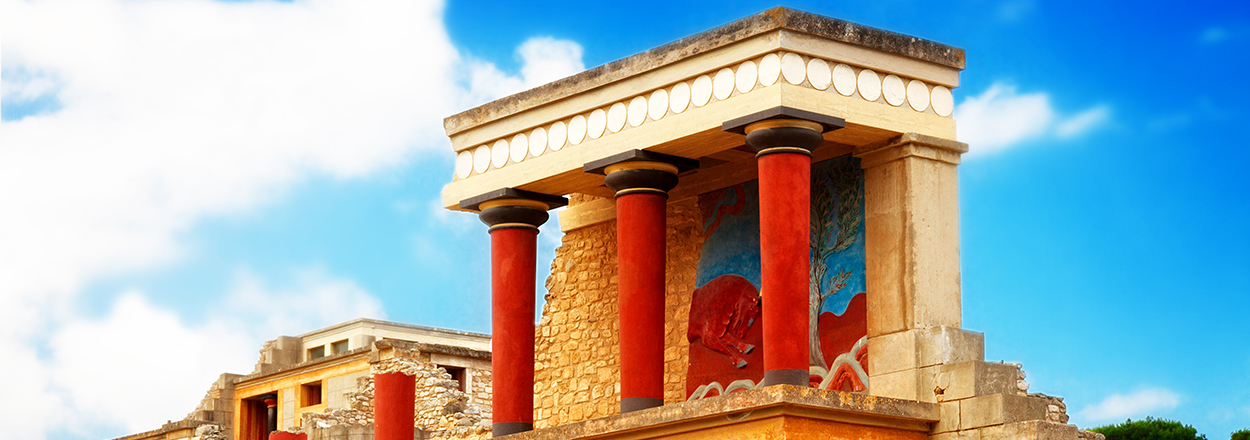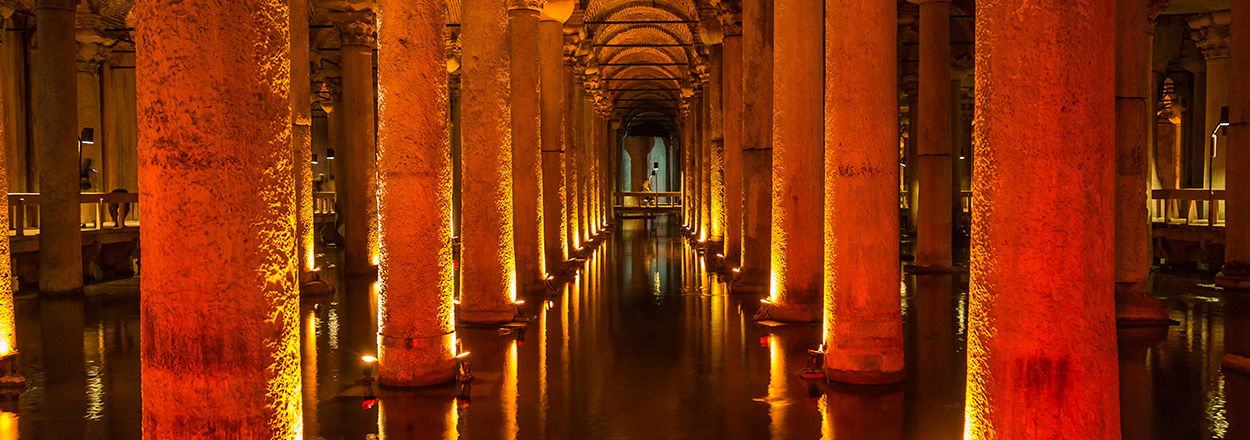Are you looking to explore the odds and ends of the Mediterranean? Take a journey off the beaten travel path with this excitable list of one strange, little-known or can’t-be-missed attraction in each Mediterranean country. We’re talking hidden grottos, niche museums, impressive archeological finds and more. Part one of the weird and the wonderful of the Mediterranean awaits you.
Spain
Party in volcanologist-fashion at Los Jameos del Agua, a partially collapsed lava tube and cave system turned concert hall in Haria, Spain. This wildly unique venue is sure to give travelers a unique experience as they explore the cave system’s underground pond and marvel at the rare albino crabs who call Los Jameos home.
Monaco
View this post on Instagram
One of the world’s largest scientific institutions dedicated to the study of the ocean, The Musée Océanographique is home to artist Mark Dion’s Marine Wunderkammer, a fantastic display featuring pieces from the museum archives. Between the massive corals, antique diving suit and the 6,000 sea creatures living in the on-site aquarium, The Musée Océanographique is sure to fascinate the scientifically minded of all ages.
Italy
Explore an underwater wonder world in Italy, home to the sunken city of Baia, the Las Vegas of the 8th century. Once a notable destination for the Roman elite, Baia was popular for its medicinal hot springs and high-end spas. Baia was also home to some local celebrities of the time such as Nero, Cicero and Caesar, who built vacation villas in the area. Today, travelers can marvel at the city’s submerged remains via glass-bottom boats, snorkeling or scuba diving.
Croatia
Nestled within the grounds of Krka National Park, Croatia’s Visovac Monastery is truly picturesque. First established in the 14th century, Visovac sits peacefully behind a ring of trees on a small island. Today the monastery is home to three monks and five novices from the Franciscan order, and it also holds a small museum packed with religious manuscripts, rare books and clothing. Tourists can make the trek to Krka National Park via boat where they will find Visovac perched between two impressive waterfalls.
Bosnia
For a taste of the Orient in the heart of Bosnia, visit Bascarsija, a bustling bazaar consisting of narrow streets lined with small shops and restaurants. The history of the bazaar dates back to 1462 when the governor built it as an oriental pit stop for travelers with lodging, food, exchange money and repairs. While visiting Bascarsija, be sure to snap a pic by Sebilj Brunnen, a historic functioning water fountain in the middle of the square.
Albania
Rumored to have mystical healing properties, Albania’s Benja thermal baths have amazed travelers since the Middle Ages. These intriguing baths are filled by the toasty waters of the Përmet River which flows downstream and diverts into the man-made pools. After taking a dip, be sure to take a stroll atop the stunning stone overpass that doubles as a great spot to admire the surrounding mountains and dramatic gorge.
Greece
Half-man, half beast, you do not want to cross paths with dreaded Minotaur of Knossos. Luckily, the Minotaur of Knossos and the famous Labyrinth that it dwelled in are but only a myth. However, travelers can still visit the ruins of the very place that inspired the story in Heraklion, Greece. Built in 7000 B.C., Knossos suffered a terrible fire in 1450 B.C., resulting in great destruction of the palace. Years later, British archeologist Arthur Evans worked to uncover the city and began restoration. Thanks to Evans’ work, Knossos is still a historic site that inspires awe and wonder in travelers today.
Syria
View this post on InstagramPalmyra, Syria '08... . . . #syria #syriabeforewar #fujifeed #fujilove #middleeast #palmyra
Once a wealthy city located along the Silk Road, Palmyra was a gateway to the West. Today the city is a UNESCO World Heritage Site and a window into the short-lived Palmyrene Empire. Unfortunately Palmyra is currently inaccessible to travelers due to the ongoing Syrian civil war.
Israel
Open year-round, the Shrine of the Book houses an intriguing archeological find, the Dead Sea Scrolls. Built in 1965, this uniquely designed museum was built to mimic the appearance of the jars that housed the scrolls for many years before they were discovered in 1947. The works can be viewed on a rotating central display which was designed to look like a massive Torah scroll. Pages of the Dead Sea Scrolls are cycled on a regular basis to prevent deterioration.
Libya
A special spot for travelers and scientists alike, Libya’s Acacus Mountains is more than a place for fabulous scenery. Take a look at any of the surrounding red rocks and you’re likely to find numerous pictographs depicting social gatherings, animals and hunting scenes. The origin date of the art can be broken up into four different time periods and it is thought that the doodles were a continued tradition by different cultures and civilizations throughout the years. The Acacus Mountains were determined an UNESCO World Heritage Site in 1985.
Morocco
Visit the very cave where Hercules is rumored to have stayed the night in the popular Greek myth “the 12 Labors of Hercules.” Settled on the northwestern tip of Africa, this cave complex has two openings, one that faces the sea and one that faces the land.






comments